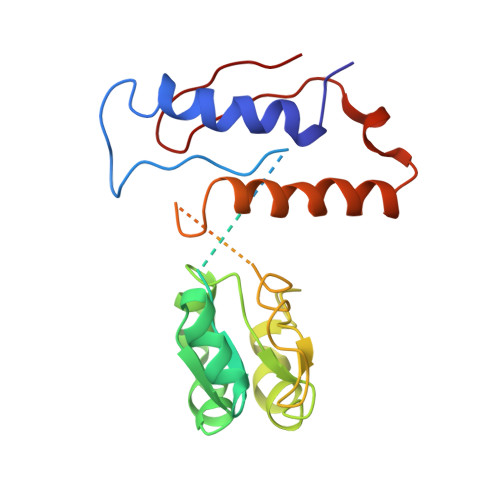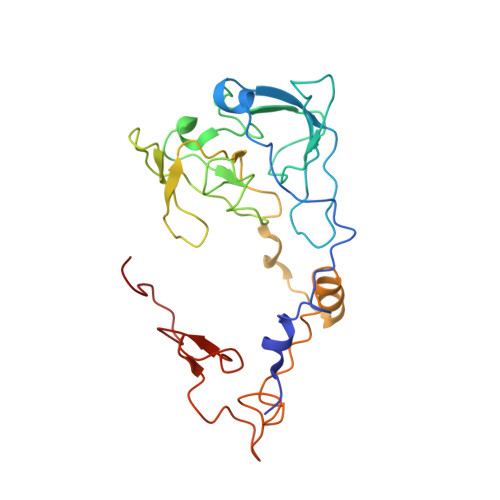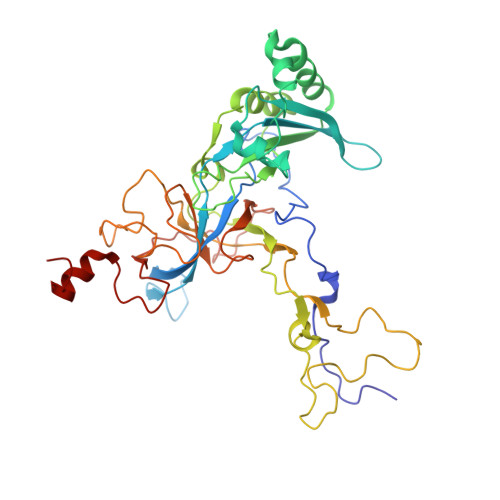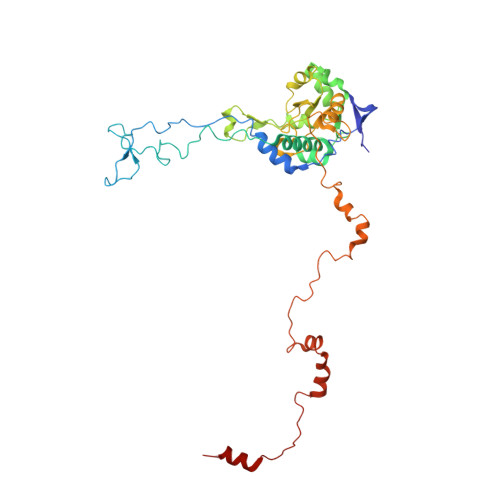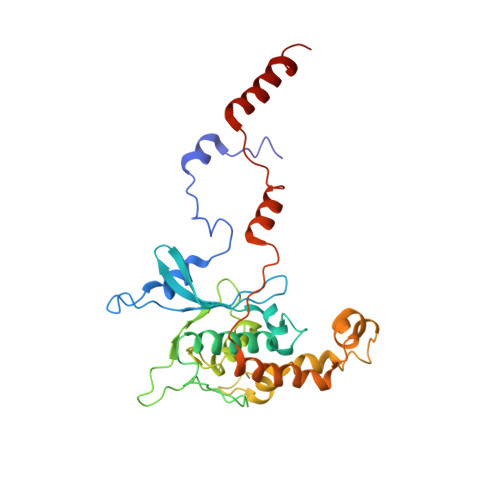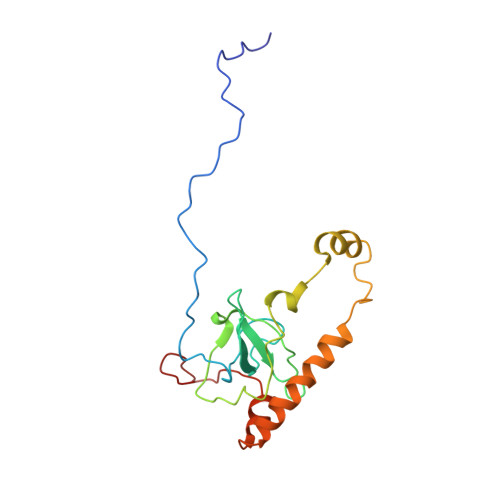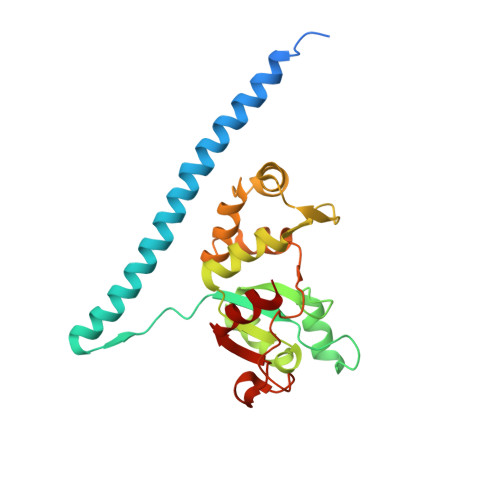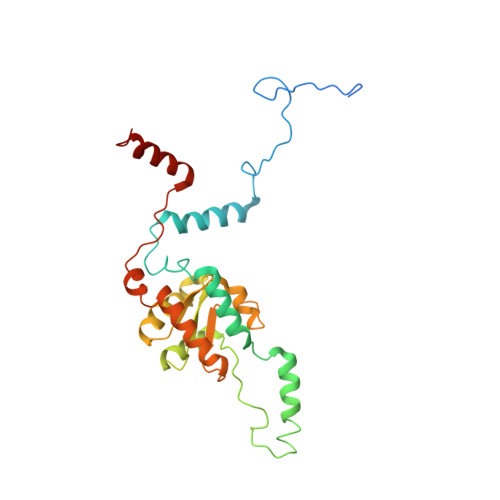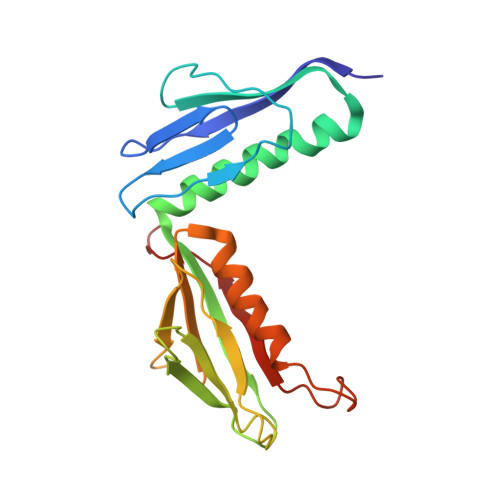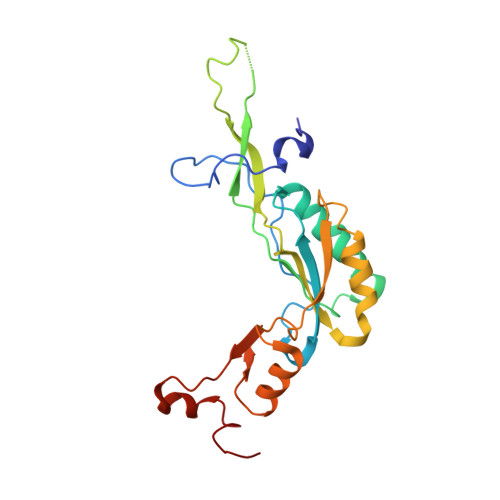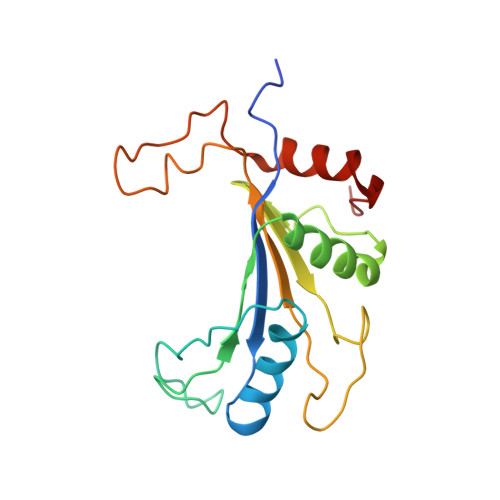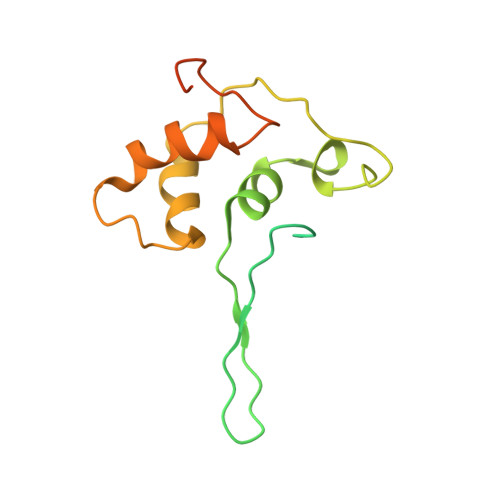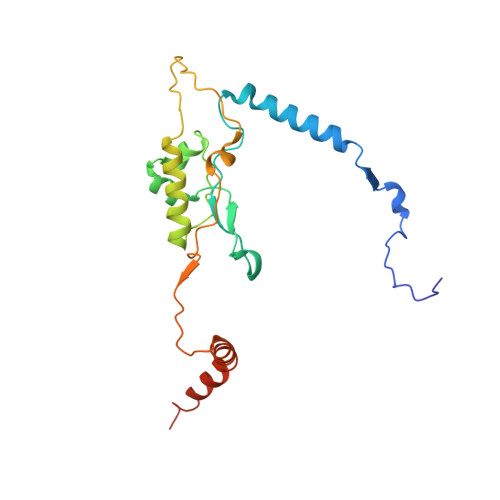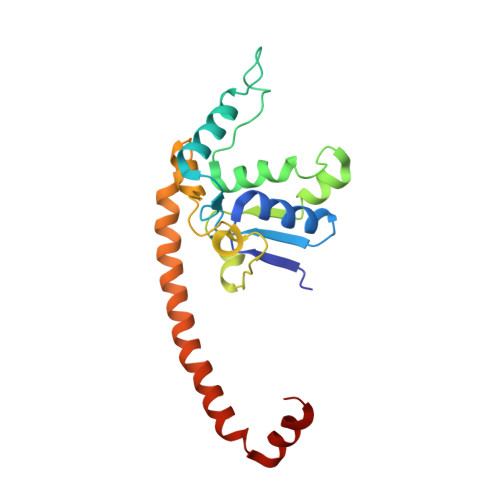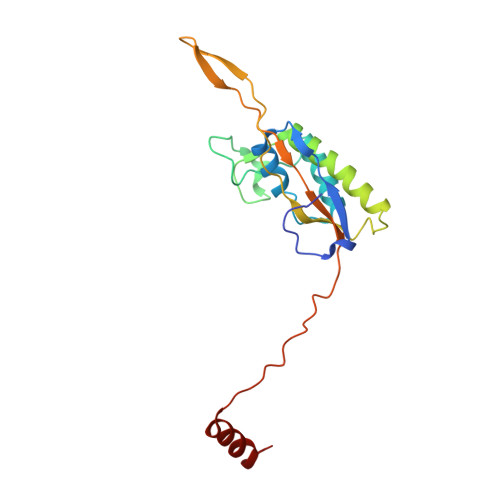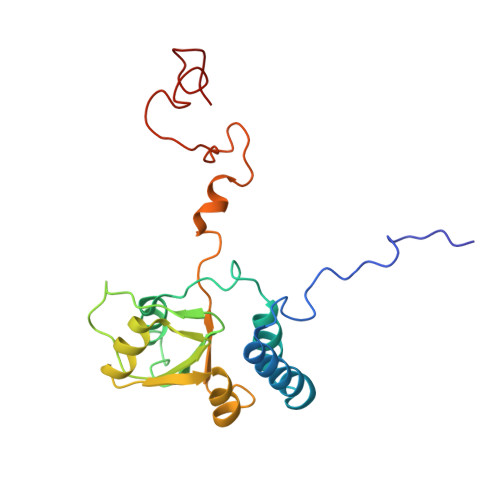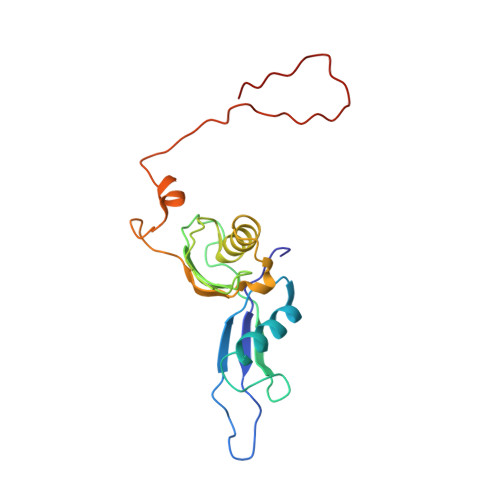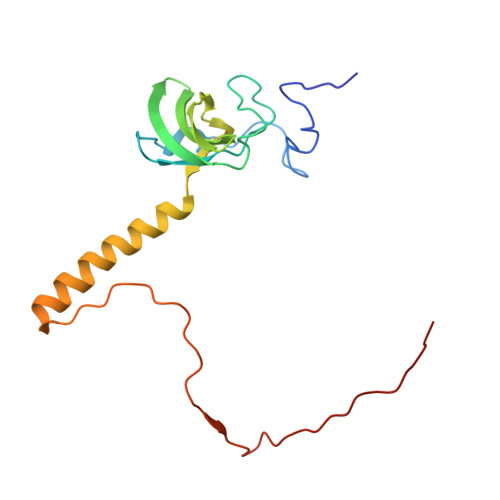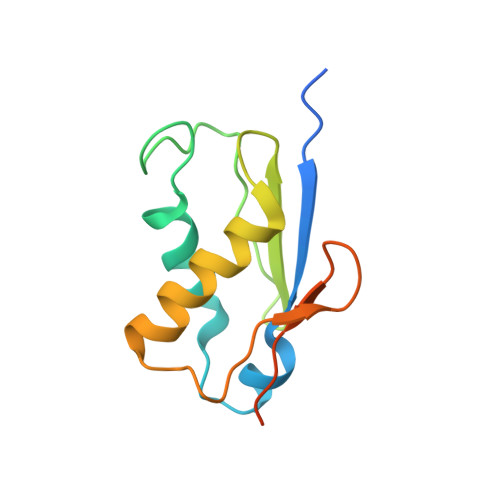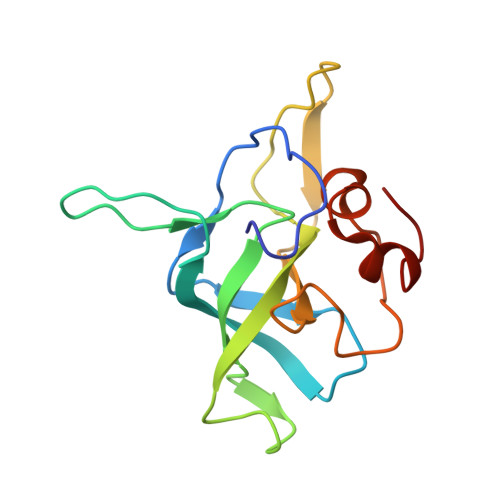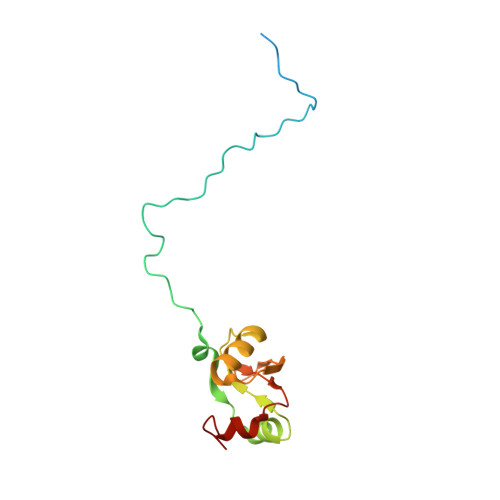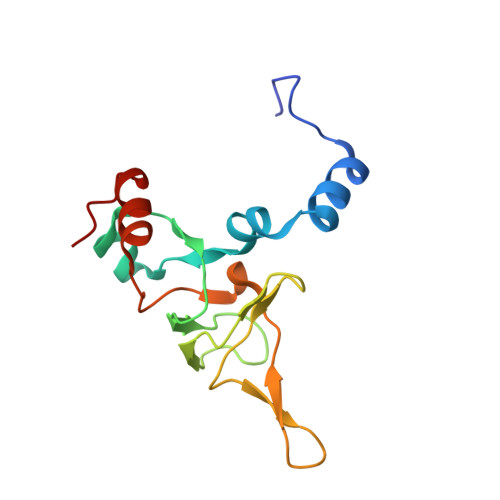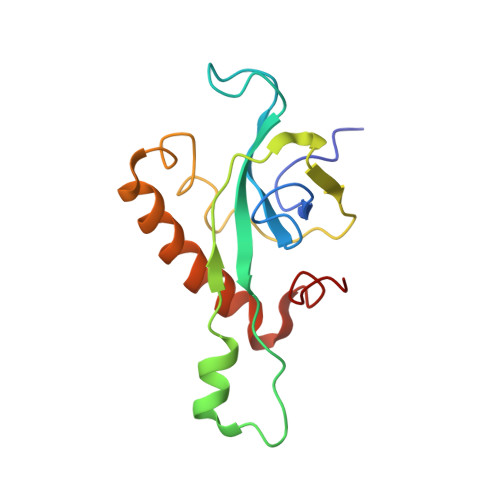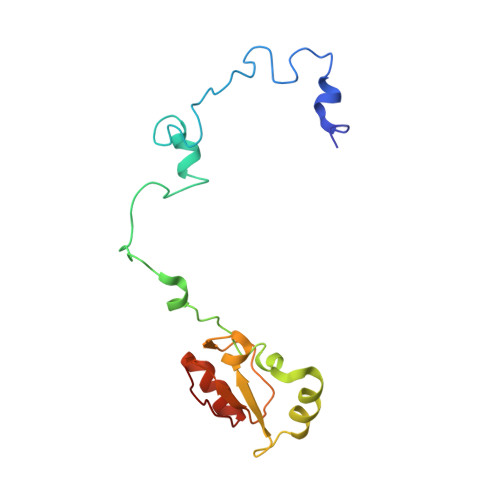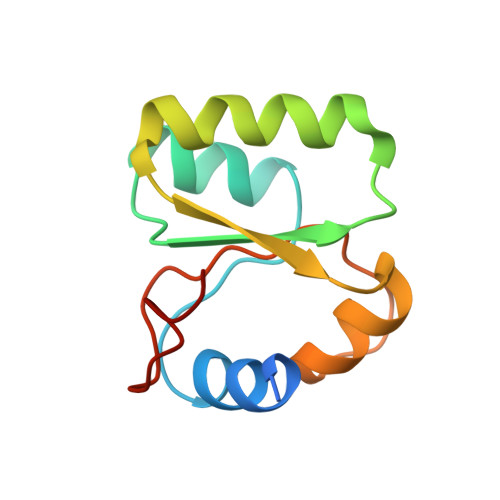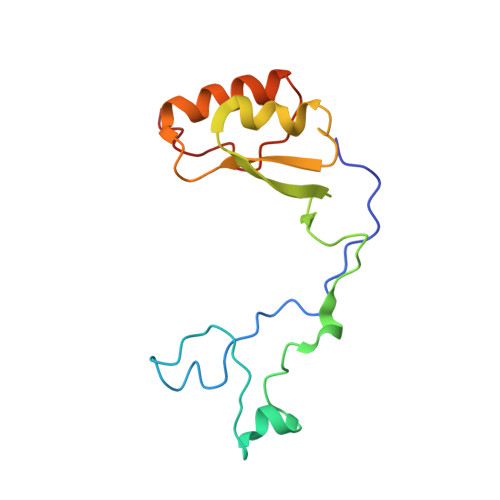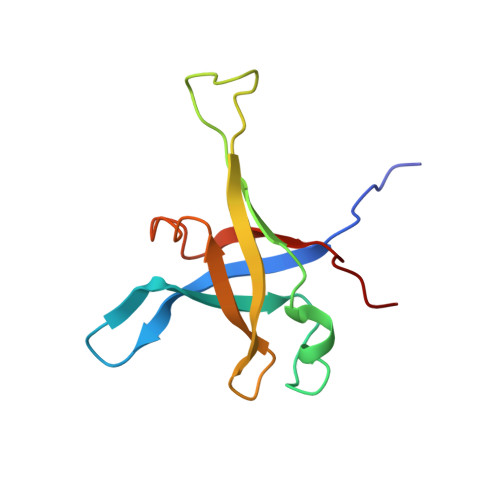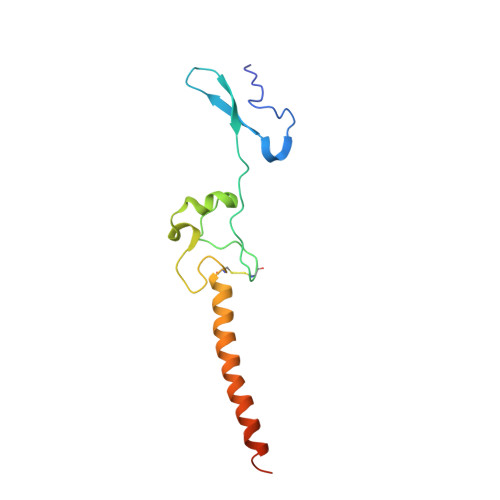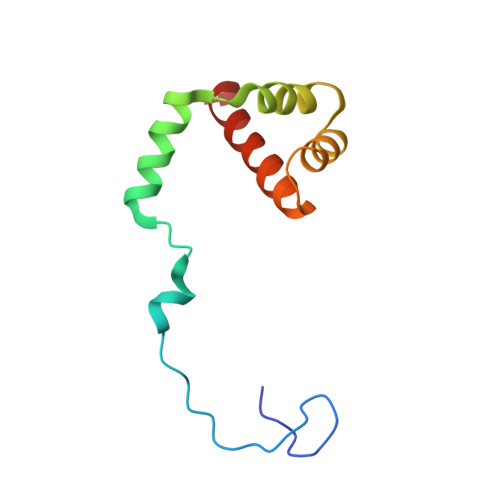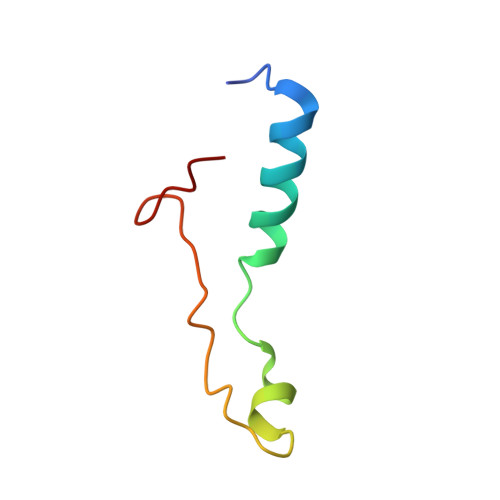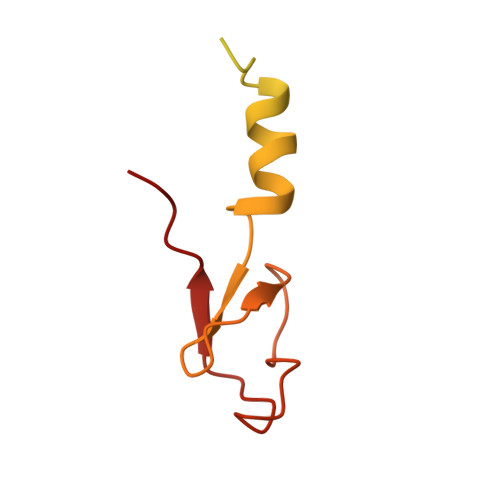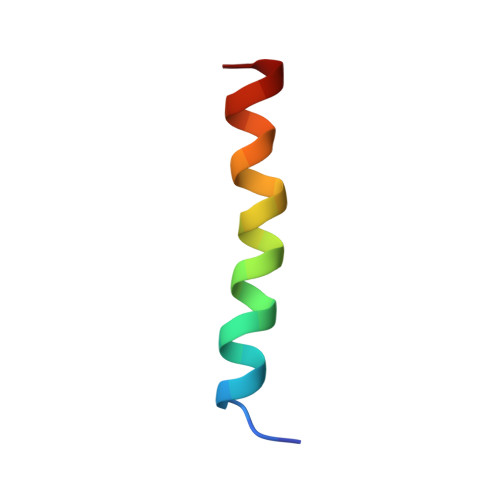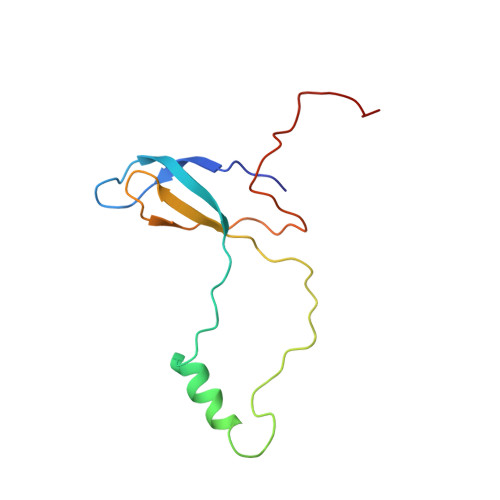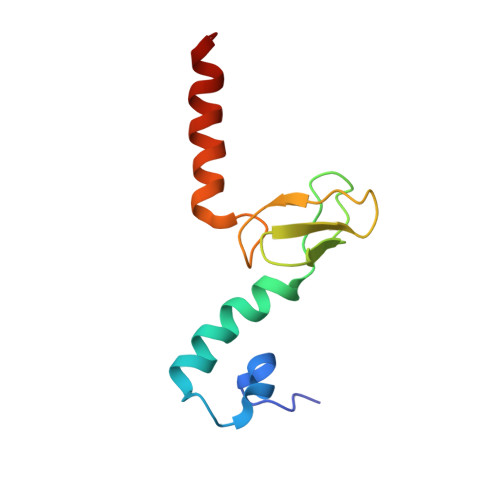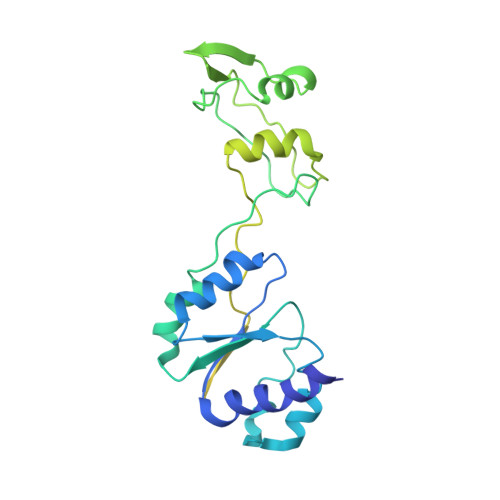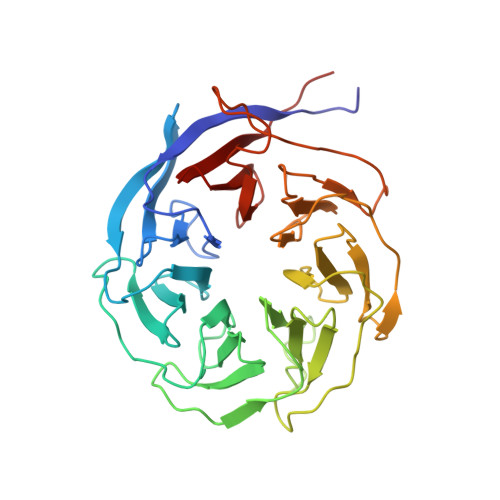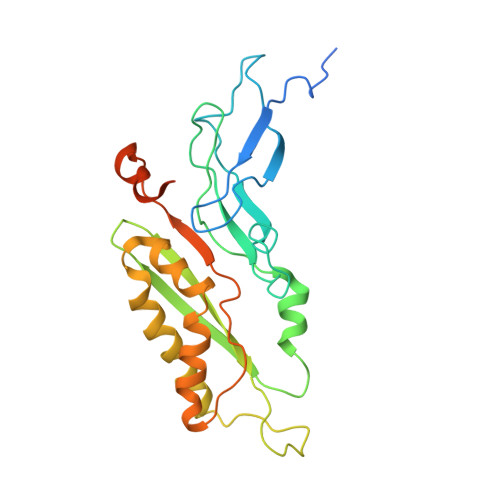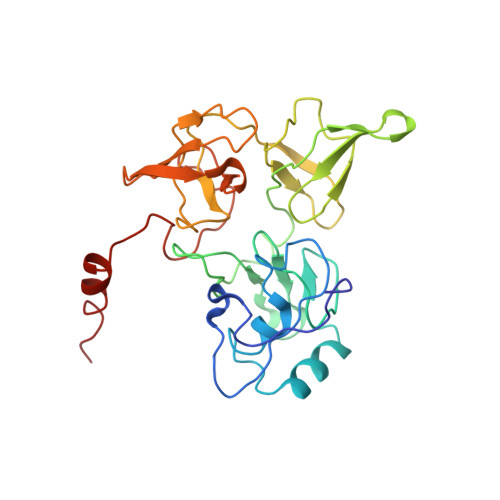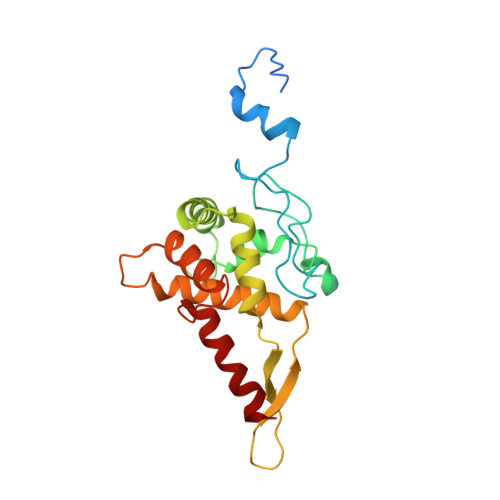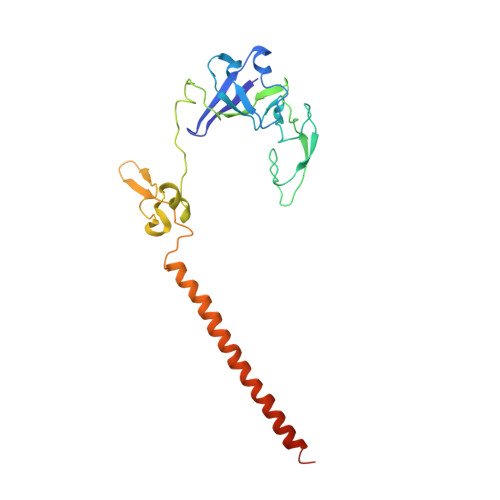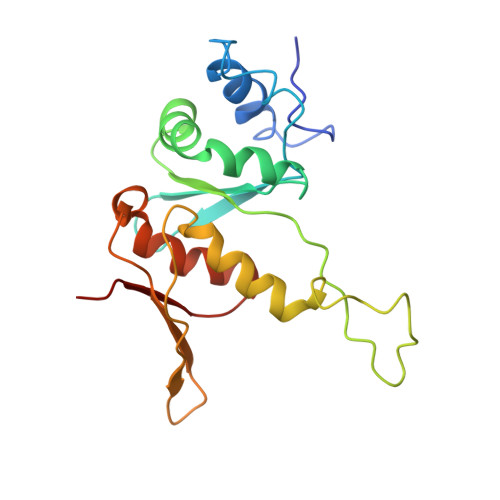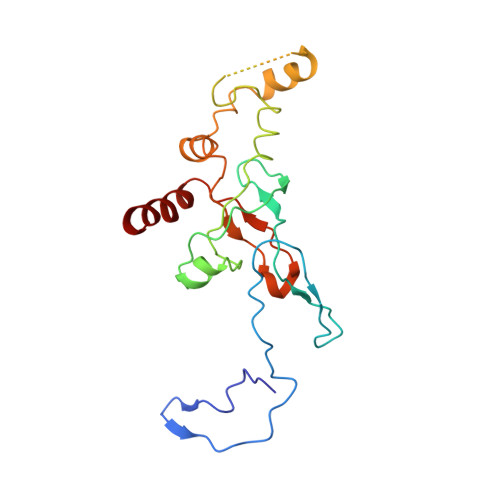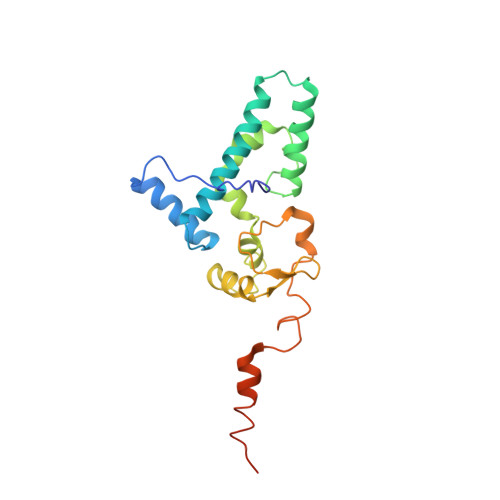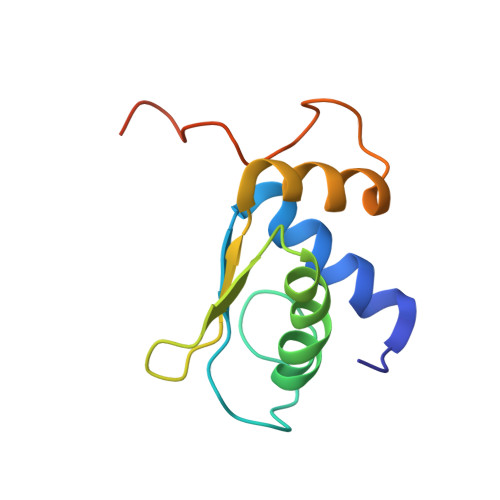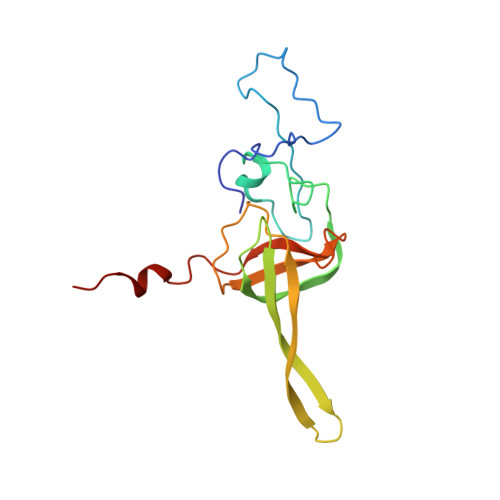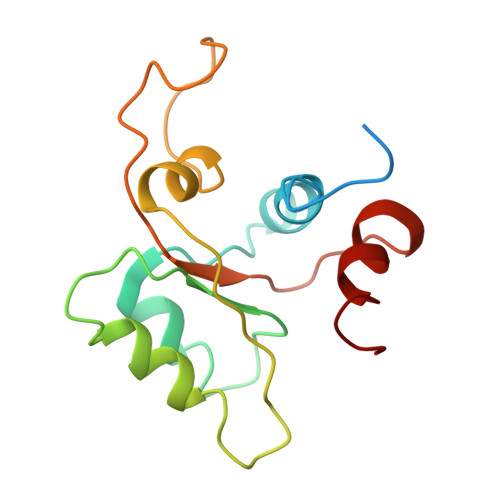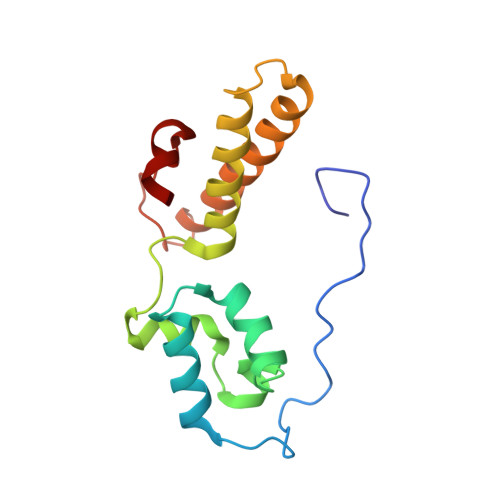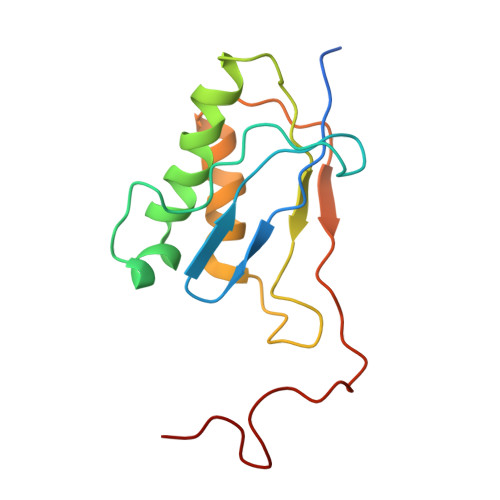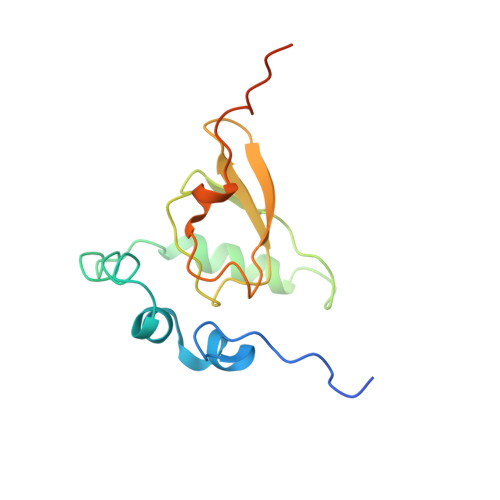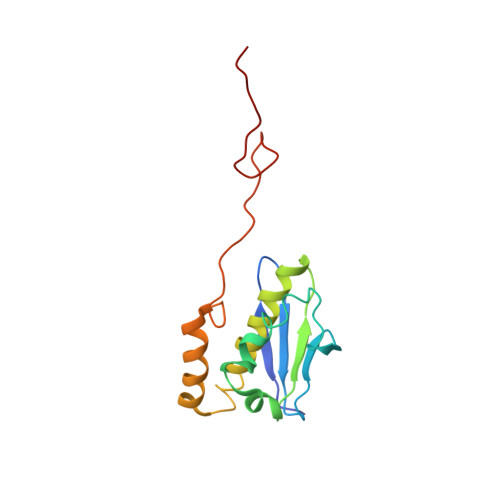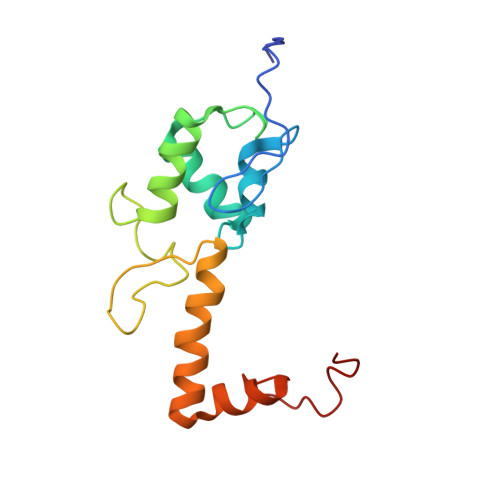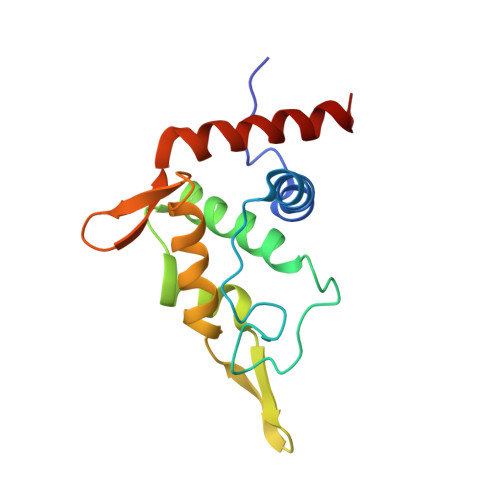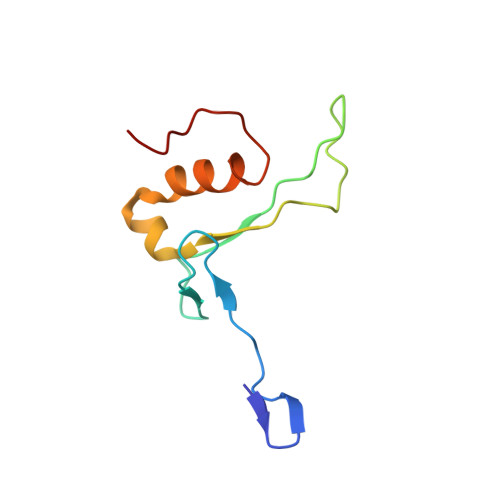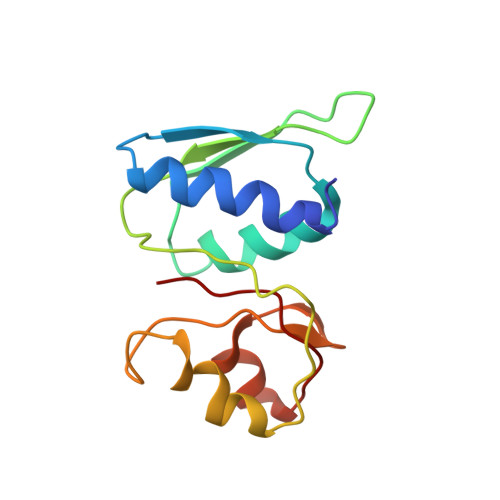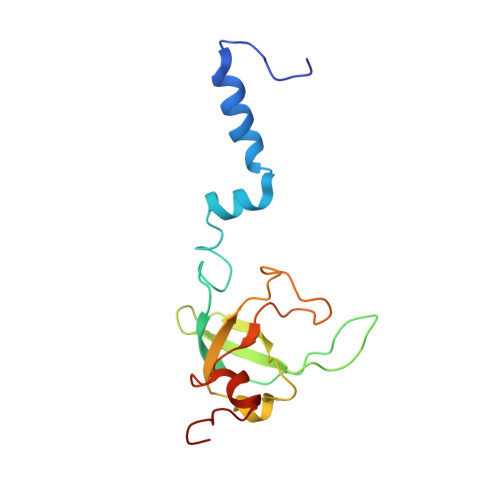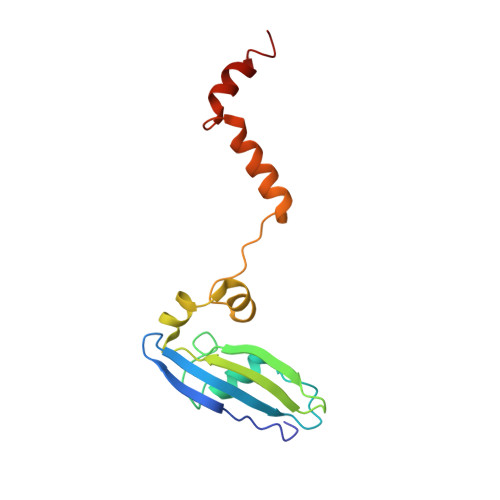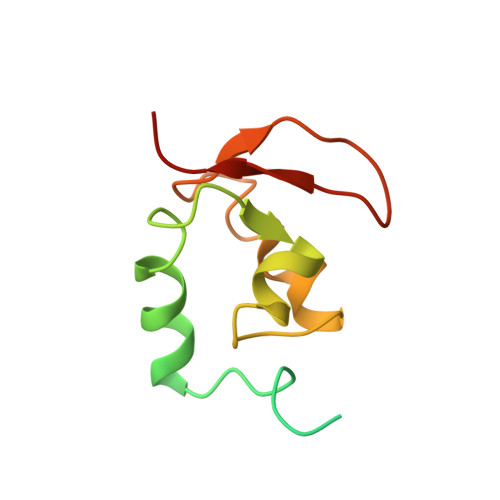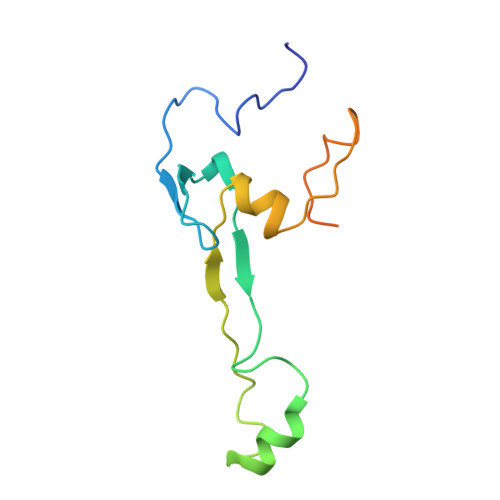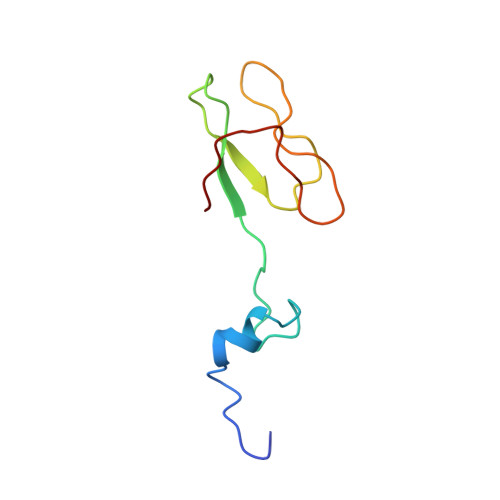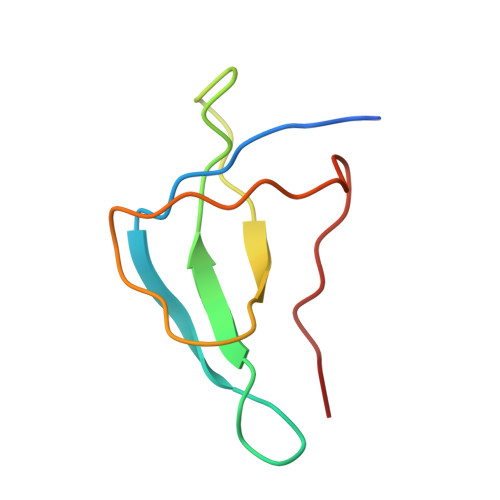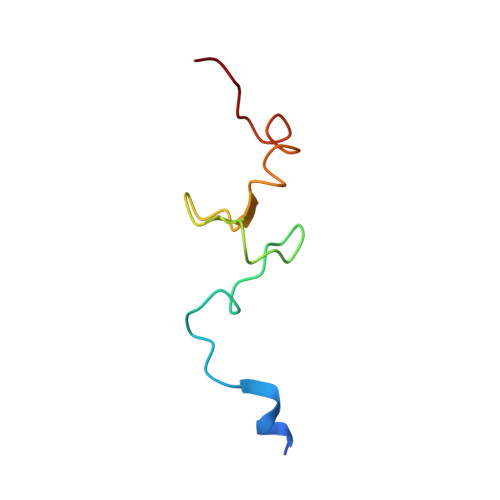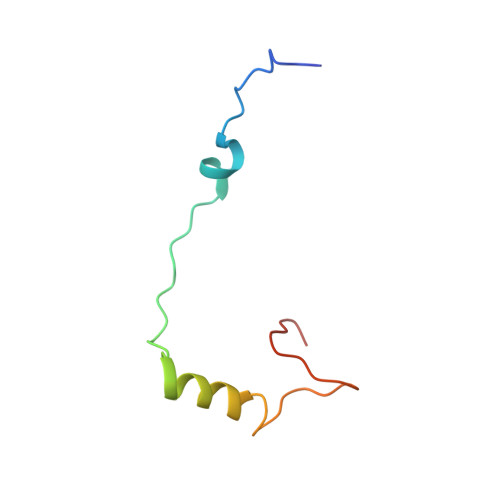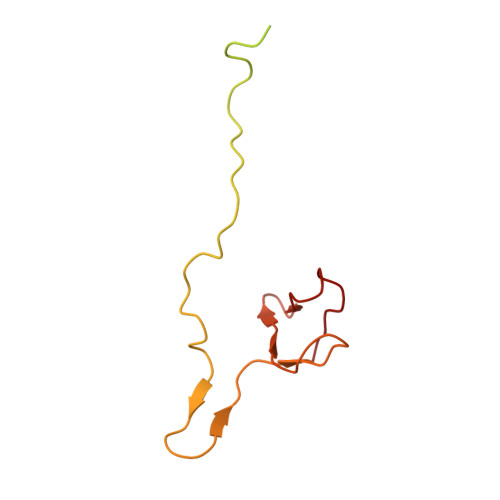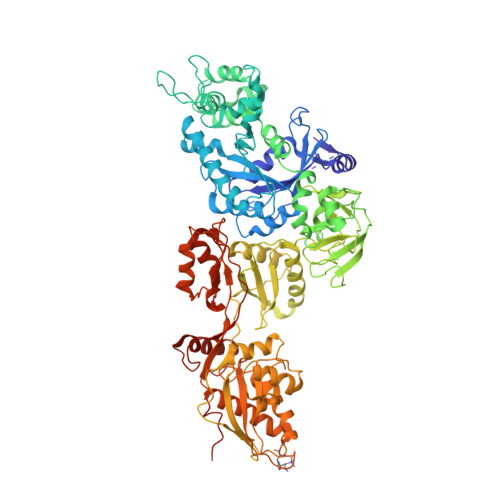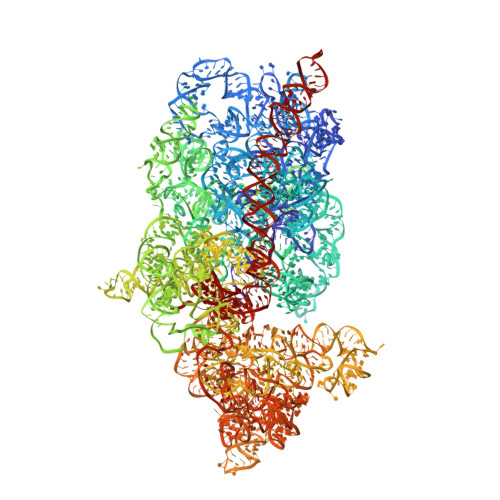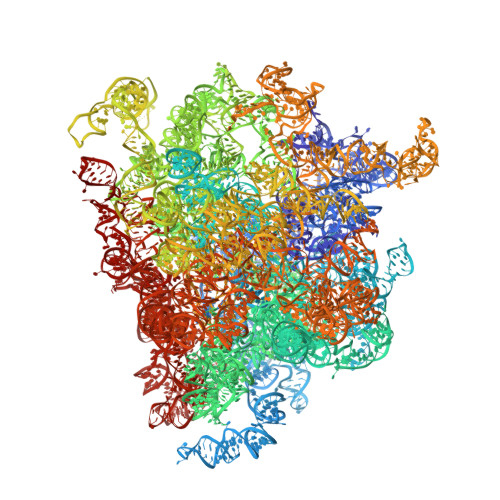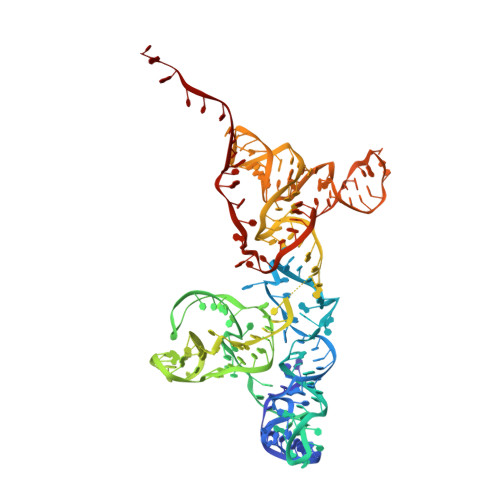Proteins 78 Nucleic Acids / Hybrid 5
Find similar proteins by:
Sequence
(by identity cutoff) |
3D Structure Find similar proteins by:
Sequence
(by identity cutoff) |
3D Structure Find similar proteins by:
Sequence
(by identity cutoff) |
3D Structure Find similar proteins by:
Sequence
(by identity cutoff) |
3D Structure Find similar proteins by:
Sequence
(by identity cutoff) |
3D Structure Find similar proteins by:
Sequence
(by identity cutoff) |
3D Structure Find similar proteins by:
Sequence
(by identity cutoff) |
3D Structure Find similar proteins by:
Sequence
(by identity cutoff) |
3D Structure Find similar proteins by:
Sequence
(by identity cutoff) |
3D Structure Find similar proteins by:
Sequence
(by identity cutoff) |
3D Structure Find similar proteins by:
Sequence
(by identity cutoff) |
3D Structure Find similar proteins by:
Sequence
(by identity cutoff) |
3D Structure Find similar proteins by:
Sequence
(by identity cutoff) |
3D Structure Find similar proteins by:
Sequence
(by identity cutoff) |
3D Structure Find similar proteins by:
Sequence
(by identity cutoff) |
3D Structure Find similar proteins by:
Sequence
(by identity cutoff) |
3D Structure Find similar proteins by:
Sequence
(by identity cutoff) |
3D Structure Find similar proteins by:
Sequence
(by identity cutoff) |
3D Structure Find similar proteins by:
Sequence
(by identity cutoff) |
3D Structure Find similar proteins by:
Sequence
(by identity cutoff) |
3D Structure Find similar proteins by:
Sequence
(by identity cutoff) |
3D Structure Find similar proteins by:
Sequence
(by identity cutoff) |
3D Structure Find similar proteins by:
Sequence
(by identity cutoff) |
3D Structure Find similar proteins by:
Sequence
(by identity cutoff) |
3D Structure Find similar proteins by:
Sequence
(by identity cutoff) |
3D Structure Find similar proteins by:
Sequence
(by identity cutoff) |
3D Structure Find similar proteins by:
Sequence
(by identity cutoff) |
3D Structure Find similar proteins by:
Sequence
(by identity cutoff) |
3D Structure Find similar proteins by:
Sequence
(by identity cutoff) |
3D Structure Find similar proteins by:
Sequence
(by identity cutoff) |
3D Structure Find similar proteins by:
Sequence
(by identity cutoff) |
3D Structure Find similar proteins by:
Sequence
(by identity cutoff) |
3D Structure Find similar proteins by:
Sequence
(by identity cutoff) |
3D Structure Find similar proteins by:
Sequence
(by identity cutoff) |
3D Structure Find similar proteins by:
Sequence
(by identity cutoff) |
3D Structure Find similar proteins by:
Sequence
(by identity cutoff) |
3D Structure Find similar proteins by:
Sequence
(by identity cutoff) |
3D Structure Find similar proteins by:
Sequence
(by identity cutoff) |
3D Structure Find similar proteins by:
Sequence
(by identity cutoff) |
3D Structure Find similar proteins by:
Sequence
(by identity cutoff) |
3D Structure Find similar proteins by: Sequence | 3D Structure
Find similar proteins by:
Sequence
(by identity cutoff) |
3D Structure Find similar proteins by:
Sequence
(by identity cutoff) |
3D Structure Find similar proteins by:
Sequence
(by identity cutoff) |
3D Structure Find similar proteins by:
Sequence
(by identity cutoff) |
3D Structure Find similar proteins by:
Sequence
(by identity cutoff) |
3D Structure Find similar proteins by:
Sequence
(by identity cutoff) |
3D Structure Find similar proteins by:
Sequence
(by identity cutoff) |
3D Structure Find similar proteins by:
Sequence
(by identity cutoff) |
3D Structure Find similar proteins by:
Sequence
(by identity cutoff) |
3D Structure Find similar proteins by:
Sequence
(by identity cutoff) |
3D Structure Find similar proteins by:
Sequence
(by identity cutoff) |
3D Structure Find similar proteins by:
Sequence
(by identity cutoff) |
3D Structure Find similar proteins by:
Sequence
(by identity cutoff) |
3D Structure Find similar proteins by:
Sequence
(by identity cutoff) |
3D Structure Find similar proteins by:
Sequence
(by identity cutoff) |
3D Structure Find similar proteins by:
Sequence
(by identity cutoff) |
3D Structure Find similar proteins by:
Sequence
(by identity cutoff) |
3D Structure Find similar proteins by:
Sequence
(by identity cutoff) |
3D Structure Find similar proteins by:
Sequence
(by identity cutoff) |
3D Structure Find similar proteins by:
Sequence
(by identity cutoff) |
3D Structure Find similar proteins by:
Sequence
(by identity cutoff) |
3D Structure Find similar proteins by:
Sequence
(by identity cutoff) |
3D Structure Find similar proteins by:
Sequence
(by identity cutoff) |
3D Structure Find similar proteins by:
Sequence
(by identity cutoff) |
3D Structure Find similar proteins by:
Sequence
(by identity cutoff) |
3D Structure Find similar proteins by:
Sequence
(by identity cutoff) |
3D Structure Find similar proteins by:
Sequence
(by identity cutoff) |
3D Structure Find similar proteins by:
Sequence
(by identity cutoff) |
3D Structure Find similar proteins by:
Sequence
(by identity cutoff) |
3D Structure Find similar proteins by:
Sequence
(by identity cutoff) |
3D Structure Find similar proteins by:
Sequence
(by identity cutoff) |
3D Structure Find similar proteins by:
Sequence
(by identity cutoff) |
3D Structure Find similar proteins by:
Sequence
(by identity cutoff) |
3D Structure Find similar proteins by:
Sequence
(by identity cutoff) |
3D Structure Find similar proteins by:
Sequence
(by identity cutoff) |
3D Structure Find similar proteins by:
Sequence
(by identity cutoff) |
3D Structure Find similar proteins by:
Sequence
(by identity cutoff) |
3D Structure 







